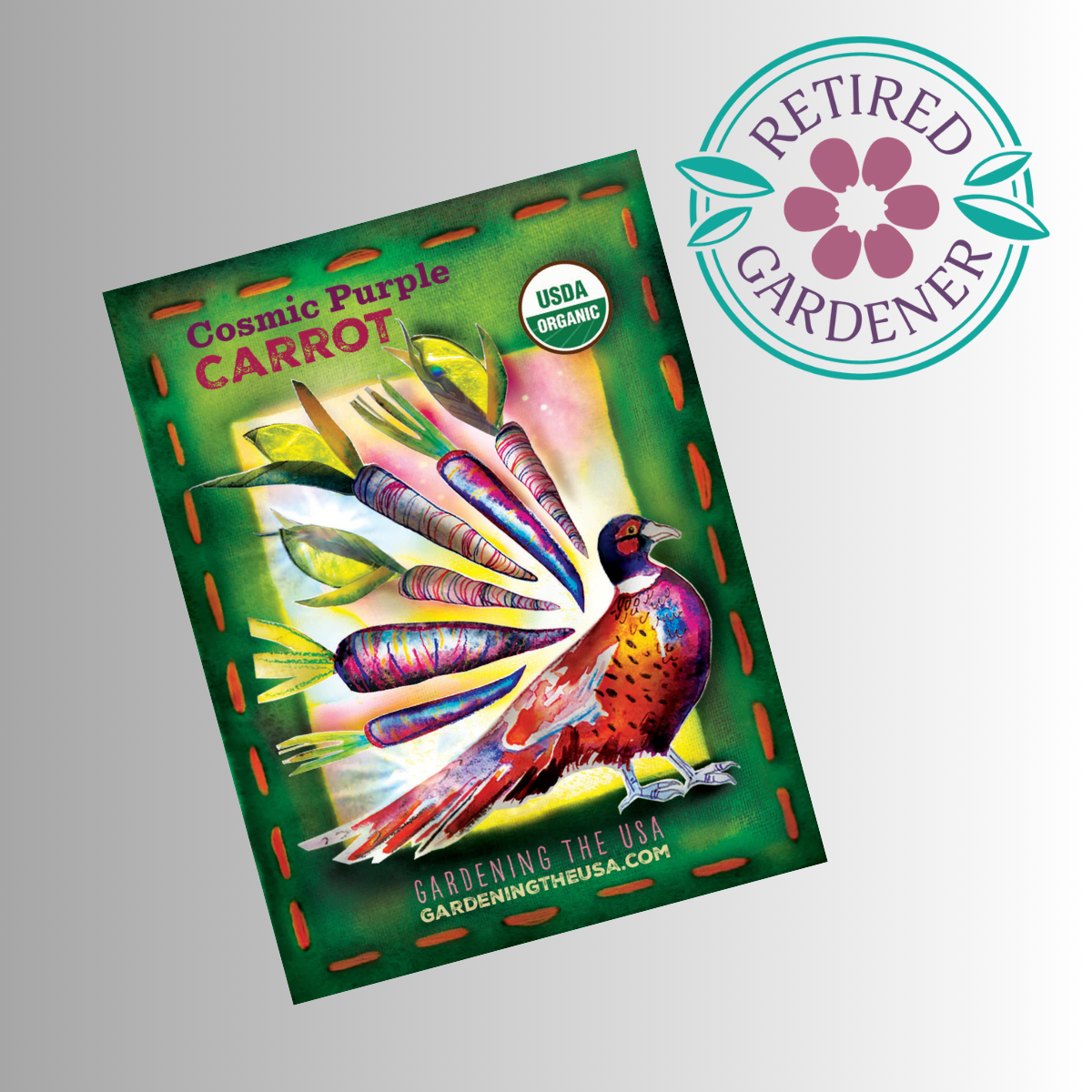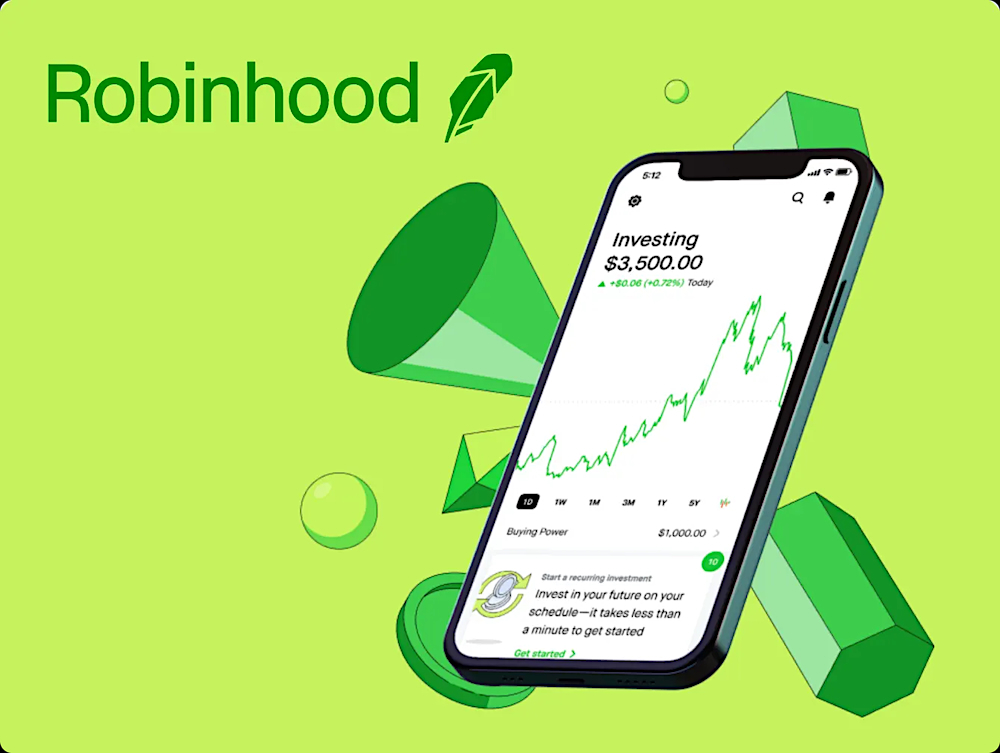
There’s something uniquely fitting about April 14th being National Gardening Day here in Perry, Florida, where spring doesn’t so much arrive as it explodes—a riotous celebration of possibility that makes even the most reluctant among us want to sink our hands into soil. The calendar finally catching up to what our senses have been telling us for weeks: it’s time to grow.
Arriving this weekend was a seed packet from Retired Gardener—Cosmic Purple Carrots, to be precise. The packet itself is a small masterpiece: vibrant green background, orange stitching along the edges, and that remarkable illustration of purple carrots fanned out like the tail feathers of the pheasant depicted alongside them. There’s a peculiar wisdom in this aesthetic choice, pairing the underground treasure with the above-ground beauty, as if to remind us that what happens below and above the soil line are merely different expressions of the same life force.
The folks at Retired Gardener understand something profound about gardening that many seed companies miss entirely. Their packets acknowledge that we’re not merely purchasing genetic material for food production; we’re buying into a story, a possibility, a relationship between animals and plants. This isn’t just a marketing badge but a promise about how these seeds were brought into being—with attention to broader ecosystems and cycles that industrial agriculture destroys.
Here in Perry, with our particular dance of sandy soil and well, dirt, with sudden downpours of needed rain, and stretches of brilliant sunshine, gardening requires a certain philosophical resilience. These Cosmic Purple Carrots seem especially appropriate—their very name suggesting something otherworldly, transcendent. Yet they’re profoundly earthbound, requiring the most basic elements: soil, water, light, and time. Perhaps that’s the paradox at the heart of all gardening: the cosmic contained within the mundane.
I’ve had remarkable luck with Retired Gardener’s seeds. Their germination rates speak to careful selection and handling, yes, but I suspect there’s something more—a certain integrity in their approach that the plants somehow recognize and respond to. Is that merely fanciful thinking? Perhaps. But anyone who has gardened long enough knows there are mysteries in cultivation that science alone can’t quite account for.
The artist, Amy DeCaussin, who created these seed packet illustrations deserves special recognition. She’s managed to capture not just the appearance of the plants but something of their essence. The illustration seems to suggest movement, as a seed is not merely a thing but a process in the ecosystem waiting to unfold.
National Gardening Day in a place like Perry takes on a particular poignancy. Our town, neither major metropolitan area nor complete countryside, exists in that interesting liminal space where human culture and natural systems visibly negotiate their boundaries daily. Our gardens become small ambassadors between worlds—cultivated spaces that nonetheless participate in wild systems of pollination, predation, decomposition, and renewal.
When I plant these Cosmic Purple Carrots tomorrow (the moon is waxing, which some say favors root crops), I’ll be thinking about this dual citizenship we all hold—part of human civilization with its calendars and national observance days, part of natural systems that operate on entirely different timescales and principles. The carrot doesn’t know it’s a Tuesday or that today honors its existence. It simply responds to the conditions it encounters, unfurling its potential accordingly.
There’s a lesson there, I think, about presence and attention that our hurried modern lives often obscure. The garden insists on now—not yesterday’s failures or tomorrow’s harvest, but today’s particular quality of light, the exact moisture content of soil between your fingers, the specific requirements of this seed, this plant, this moment.
So on this National Gardening Day, my gratitude extends to Retired Gardener not just for reliable seeds and beautiful packaging, but for creating a product that somehow manages to honor both the practicality and the poetry of cultivation. Their Cosmic Purple Carrots remind us that even the most ordinary acts—planting a vegetable that will eventually feed us—can connect us to something vast and wonderful and mysterious.
And isn’t that, after all, why we garden in Perry, Florida? Not merely for the vegetables, but for the daily miracle of participation in something both ancient and immediate, both cosmic and purple, both ordinary and extraordinary.



Leave a Reply